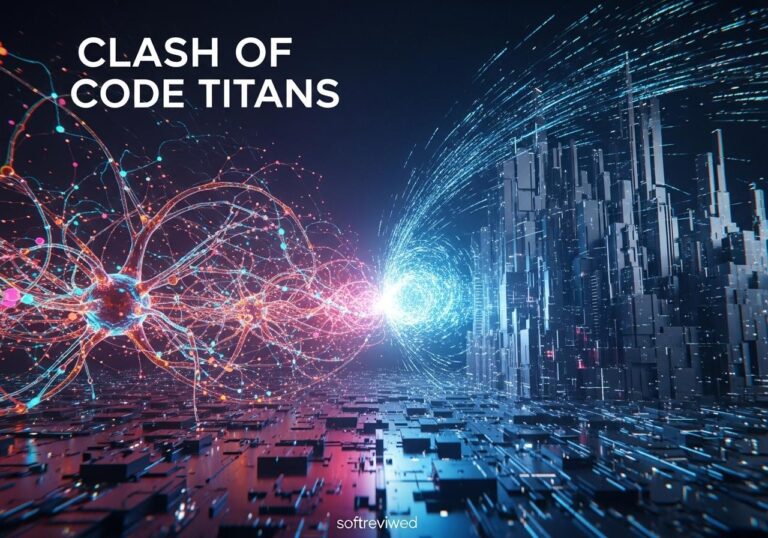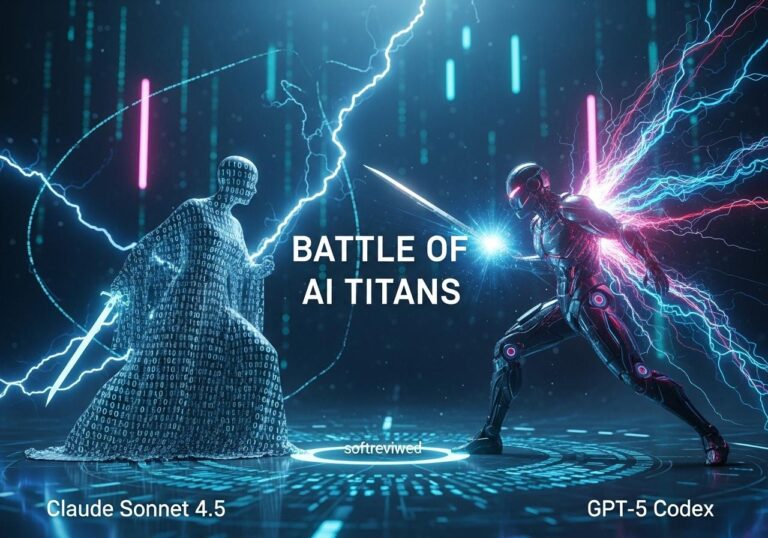Google Project Jarvis: AI-Powered Web Automation
Revolutionizing web interactions with advanced AI automation capabilities
🎯 Project Purpose
An AI-powered system designed to automate web-based tasks including flight bookings, research, and shopping directly from Chrome browser.
🤖 Gemini 2.0 Integration
Leverages Google’s advanced Gemini 2.0 large language model to power its automation capabilities, launching in December.
⚡ Automation Features
Captures screenshots, generates text, and simulates user interactions for efficient task completion and time-saving benefits.
🏆 Market Competition
Competes with Microsoft’s Copilot Vision and Apple’s Intelligence in the AI-driven task automation space.
🚀 Launch Strategy
Initial release to select users in December, followed by broader access in subsequent phases.
In a bold move that could revolutionize how we interact with the internet, Google is reportedly developing a cutting-edge AI system codenamed "Project Jarvis." This advanced computer-using agent aims to transform web browsing by automating complex tasks with minimal human input. As the tech giant prepares to unveil this innovation, let's explore what Project Jarvis could mean for users and the broader AI landscape.
What is Project Jarvis?
Project Jarvis is Google's ambitious foray into the world of AI-powered web automation. Leveraging the company's upcoming Gemini 2.0 large language model (LLM), Jarvis is designed to perform a wide range of web-based tasks on behalf of users, from conducting research to making purchases and booking travel arrangements.
Key Features:
Browser-Based Operation: Jarvis is specifically tuned to work within the Chrome browser, allowing seamless integration with users' existing web experiences.
Screenshot Interpretation: The AI can analyze real-time screenshots of the user's interface, enabling it to "see" and interact with web content as a human would.
Autonomous Navigation: Jarvis can click buttons, enter text, and navigate between websites to complete complex tasks.
- Natural Language Instructions: Users can provide simple, conversational commands to initiate tasks.
How Does Project Jarvis Work?
At its core, Project Jarvis combines multiple advanced AI techniques to understand and interact with web interfaces:
- Visual Processing: The AI interprets screenshots to identify interactive elements on web pages.
- Natural Language Understanding: It processes user instructions to determine the required actions.
- Task Planning: Jarvis breaks down complex tasks into a series of simpler actions.
- Execution: The AI carries out the planned actions by simulating user interactions with the browser.
This approach allows Jarvis to handle a diverse range of web-based tasks with a level of autonomy previously unseen in consumer AI tools.
Potential Applications

The versatility of Project Jarvis opens up a world of possibilities for both personal and professional use:
For Individuals:
- Travel Planning: Comparing flight options and booking tickets across multiple airlines.
- Online Shopping: Searching for products, comparing prices, and making purchases.
- Research: Gathering information from various sources on a given topic.
For Businesses:
- Market Research: Automating the collection of competitive intelligence.
- Customer Relationship Management (CRM): Streamlining data entry and information retrieval.
- Recruitment: Scanning job boards and compiling candidate information.
The Competitive Landscape
Google's Project Jarvis enters a rapidly evolving field of AI-powered computer-using agents:
- Anthropic's Claude: Recently unveiled a "computer use" ability in beta, allowing it to interact with computer interfaces.
- OpenAI: Reportedly working on similar technology to automate computer tasks.
- Microsoft: Developing Copilot Vision, which can analyze and interact with on-screen content.
- Apple: Expected to introduce AI-powered automation features in future OS updates.
This competitive landscape underscores the growing importance of AI agents capable of interacting with computer interfaces, signaling a potential paradigm shift in human-computer interaction.
Challenges and Concerns
While Project Jarvis promises significant benefits, it also raises important questions:
Privacy and Security
As Jarvis will have access to users' browsing activities, ensuring robust data protection and user privacy will be crucial.
Reliability and Accuracy
The current prototype reportedly takes a few seconds between actions, and ensuring consistent, error-free performance will be essential for widespread adoption.
User Control and Oversight
Striking the right balance between automation and user control will be critical to prevent over-reliance on AI and maintain users' digital literacy.
Ethical Considerations
The potential for misuse, such as automated spam or malicious activities, must be addressed through careful design and implementation.
Looking to the Future
As Google prepares for a potential pilot launch of Project Jarvis in December 2024, the tech community eagerly anticipates its impact. If successful, Jarvis could pave the way for a new era of AI-assisted web interaction, potentially changing how we work, shop, and access information online.
Future developments might include:
- Integration with other Google services and third-party applications.
- Enhanced natural language processing for more complex instructions.
- Improved speed and accuracy in task execution.
- Expanded capabilities beyond web browsing, possibly extending to desktop applications.
How Can Google’s Project Jarvis Enhance the Capabilities of AI-Powered Digital Workers in Business Automation?
Google’s Project Jarvis promises to elevate ai digital workers transforming business operations by integrating advanced natural language processing and machine learning capabilities. This initiative enables seamless collaboration between humans and AI, enhancing decision-making processes and streamlining workflows, ultimately driving efficiency and innovation in various business sectors.
Conclusion
Google's Project Jarvis represents a significant leap forward in AI-powered web automation. By combining advanced language models with computer vision and task planning, Jarvis has the potential to transform our digital experiences, making complex web tasks as simple as a conversation with an AI assistant.
As we stand on the brink of this new frontier in human-computer interaction, it's clear that the success of Project Jarvis and similar technologies will depend not only on their technical capabilities but also on how well they address concerns around privacy, security, and user empowerment. The coming months will be crucial as Google refines this technology and prepares for its public debut.
For users and businesses alike, staying informed about these developments will be key to leveraging the full potential of AI-powered web automation while navigating its challenges. As Project Jarvis moves closer to reality, it promises to usher in a new chapter in our digital lives, one where the power of AI is harnessed to make the web more accessible and efficient than ever before.
Project Jarvis Key Features and Capabilities
This chart illustrates the main components and capabilities of Project Jarvis, showing relative development priority and complexity for each feature.







